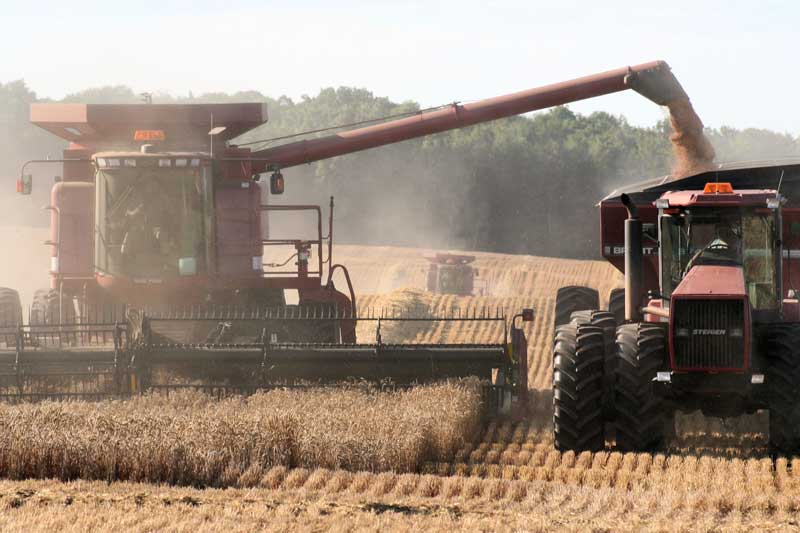Market Gardening in Grey & Bruce

Are you interested in starting a market garden in Grey or Bruce County? Market gardening is very common in our region and we’d love to have you join us! Here is some information to help you get started.
What can I grow in Grey/Bruce?
Our growing season here in Grey or Bruce counties typically begins mid-May and ends in late October. You should be able to grow most of your favourite fruits and veggies here, especially if you’re growing perennial crops.
Market gardeners in the area are growing lots of different vegetables, including lettuce/greens, peas, spinach, radish, beans, beets, carrots, green onions, potatoes, swiss chard, zucchini, pak choy, summer squash, cucumbers, dill, tomatoes, basil, sweet corn, peppers, broccoli, cauliflower, cabbage, parsnips, onions, leek, turnips, winter squash, kale, brussel sprouts, pumpkins, and melons.
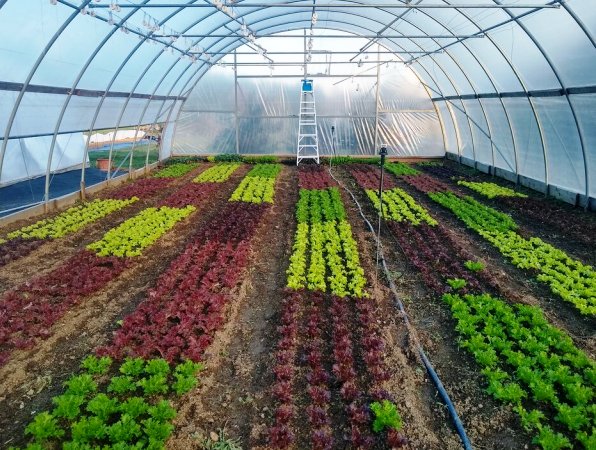
Where can I sell my food in Grey/Bruce?
-
From your farmgate — Many farms sell food directly from their farms
-
From your website — Some farms allow customers to order and pay online
-
Through a CSA — You can sell Community Supported Agriculture shares
-
Eat Local Grey Bruce — This is an online farmer’s market selling and delivering directly to the residents of Grey, Bruce, and part of Simcoe County
-
Owen Sound Farmers’ Market — Open Saturdays 8 a.m. to 12 p.m. in downtown Owen Sound
-
Other farmer’s markets — Collingwood (Simcoe County), Flesherton, Hanover, Keady, Kincardine, Lion’s Head, Meaford, Thornbury
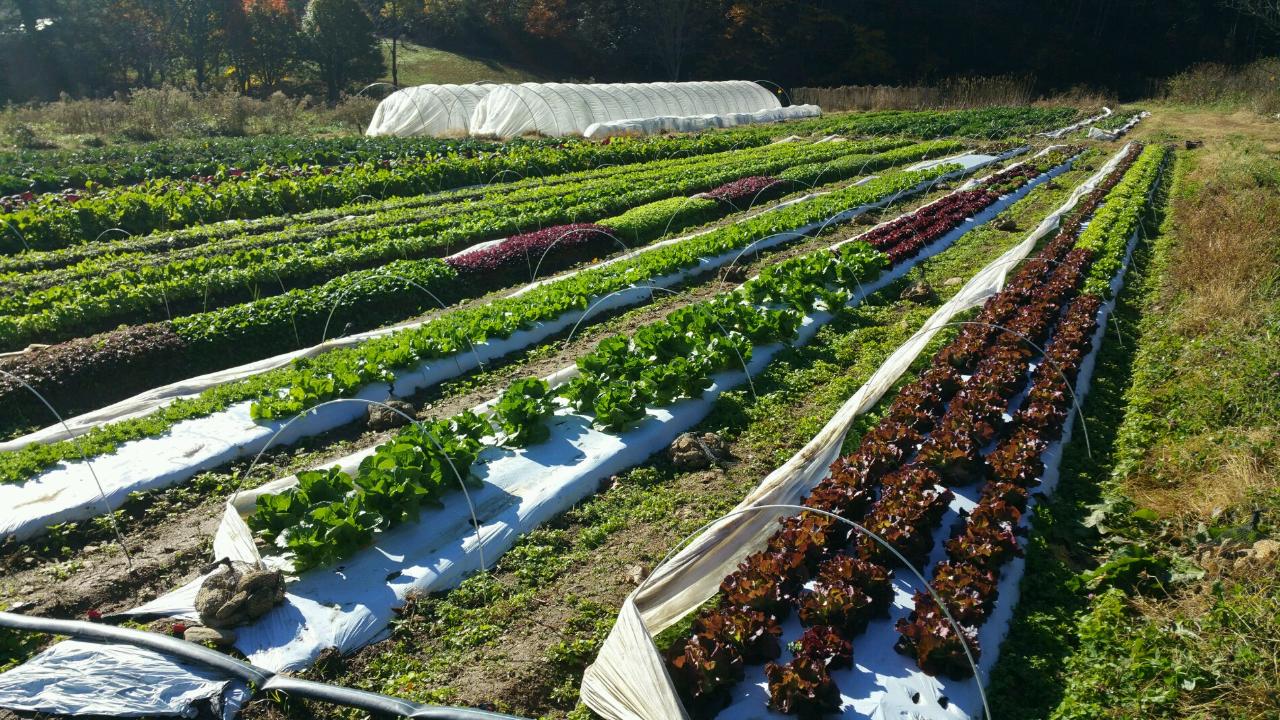
What is Community Supported Agriculture (CSA)?
Community Supported Agriculture is a way for customers to support local farmers by buying a share of the harvest at the beginning of the growing season. This helps farmers plan for the growing season and gives customers a weekly supply of vegetables.
Many Grey and Bruce market gardens offer CSA shares, including Sideroad Farm (Walter’s Falls), Saugeen River CSA (north of Durham), Persephone Market Garden (north of Alvanley), Black Sheep Farm (near Chesley), and Twin Creeks Farm (near Woodford).
Where can I find other market gardens in Grey/Bruce?
Harvest Moon Farm (part of Good Family Farms, south of Meaford) is another market garden in Grey County, and you can find more market garden listings on Grey County’s website.
How to Make Your Own Chicken Tractor
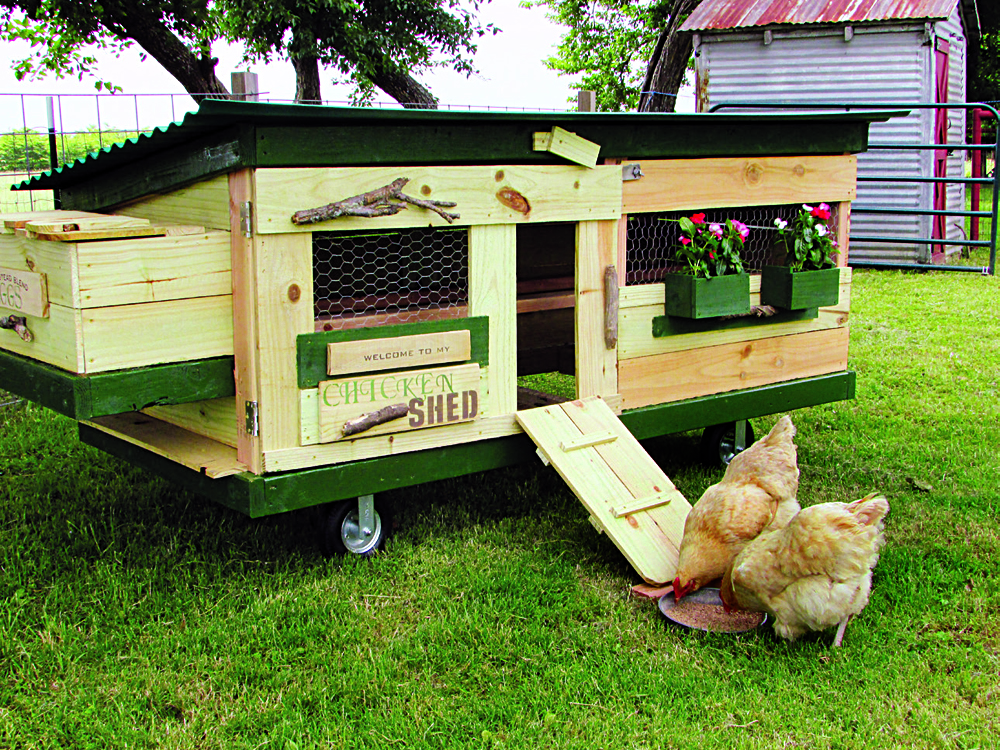
Are you a homesteader, farmer, or hobby farmer who’s raising chickens? The chicken tractor is a must-have. It’s a cheap agricultural upgrade that is beneficial to both you and your flock. You can fertilize your soil, control slug and insect pests, provide access to food at all times to your chickens, keep them safe from predators, and avoid damage to the rest of your yard or your neighbours’ property.
Every day or two, you move your chicken tractor across the field to constantly change the grass and vegetation your birds eat. They leaving nutrient-rich manure behind as they go, fertilizing your field.
There are lots of chicken tractor plans available online for small or big flocks built with anything from recycled materials to new wood and painted with pretty colours or left in their natural condition.
Not sure how where to start with a chicken tractor? Here are few tips to help you choose a design when building your own.
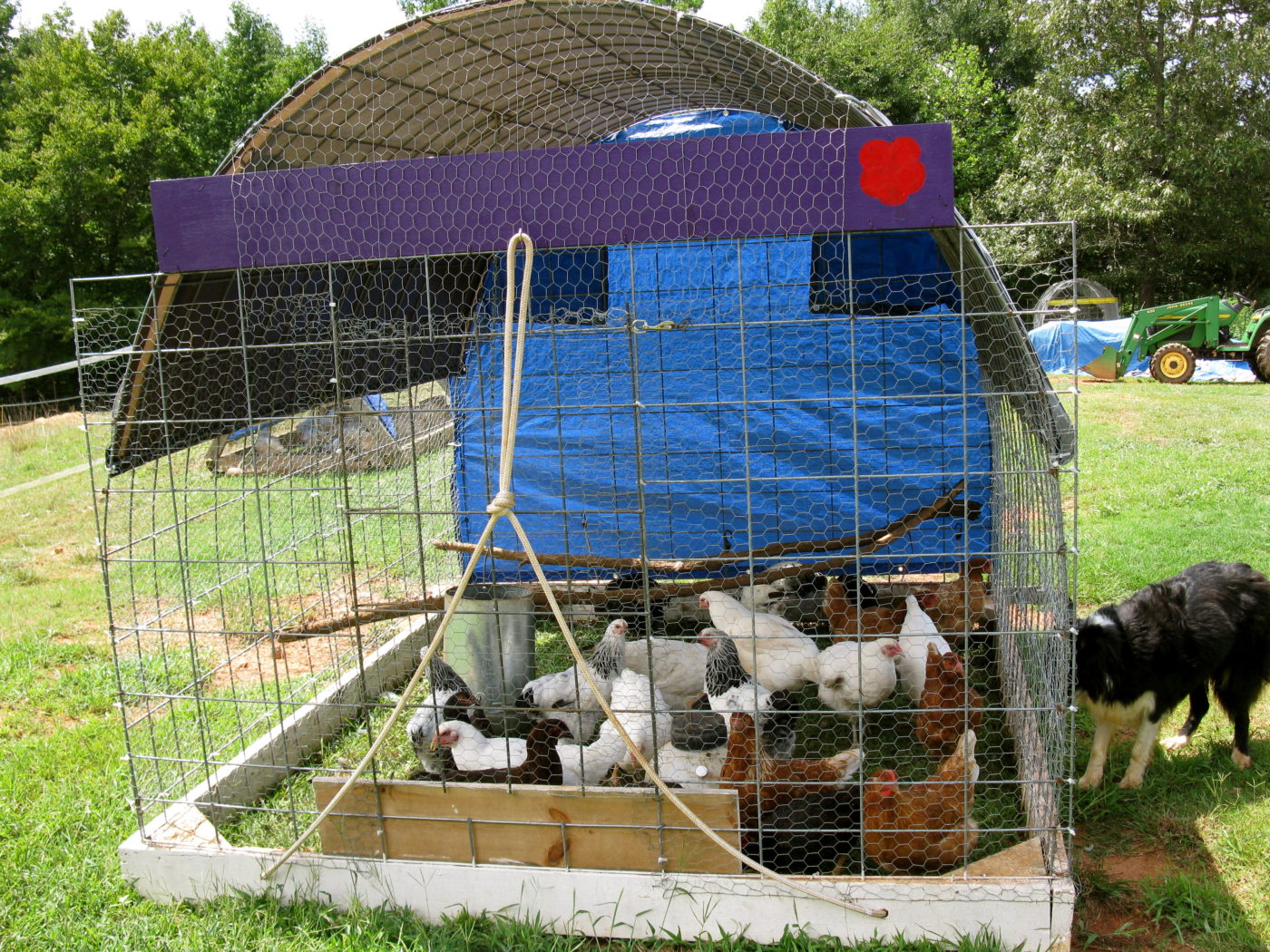
What are the basic components of a chicken tractor?
The basic structure of a chicken tractor consists of the coop and the run. The coop can be a square box that has sufficient space to house your hens. Large fowl need 4 sq. ft./bird and bantams 2 sq. ft./bird. You could crowd more birds in, but that would encourage anti-social behaviours that will be hard to break and may lead to flock injuries.
If you live in an area with very hot summers, make sure your design has enough shade available in the coop, along with ventilation.
How should I make the floor of the coop?
In many chicken tractor plans, the floor of the coop is the ground itself. Chickens poop mostly at night, and it can be deposited straight onto the ground. However, some people prefer a solid base to the coop you can lock the hens up at night and keep them safe from a bear or raccoon.
When moving an open-bottom tractor, the hens need to get used to moving with the coop and it usually only takes a couple of moves before they get the hang of it. With a fully enclosed coop, you can pick everything up and move it easily.
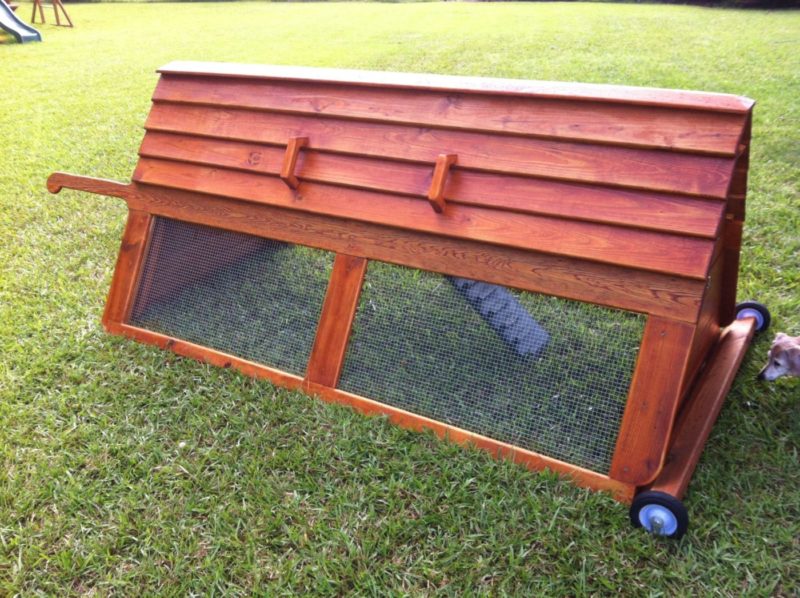
How should I make the run/pen area?
Your run needs to be large enough to accommodate large fowl with at least 8 sq. ft./bird and bantams 4 sq. ft./bird, but more room is always better. The run also needs to be tall enough so you can hang out the feeder and drinker where the hens can’t poop in them (on the ground).
What size should I make the chicken tractor?
Plan the size of your chicken tractor based on the number of hens and how much space they need (as described above). For example, 4 large hens will need 4 sq. ft of space each in the coop, so you will need 16 sq. ft of floor space. That could be designed as a square box that is 4 ft. x 4 ft.
How easy should it be to move the chicken tractor?
Tractors should to be sturdy and well built, which usually means that are quite heavy to move. A 4 x 4 coop box and a run may not sound large, but if you are pulling or pushing it, it will be quite heavy, especially up or down slopes.
Almost all tractor plans have wheels or can be hitched up to a small tractor or a utility vehicle. In practice, these tractors will move similar to a wheelbarrow, a rickshaw, or with real or mechanical horsepower.
If you prefer a more lightweight design, you will need to have some way to anchor it into place. Wind storms and large predators may be able to flip or dismantle a lightweight tractor made from materials like PVC pipe and chicken wire.
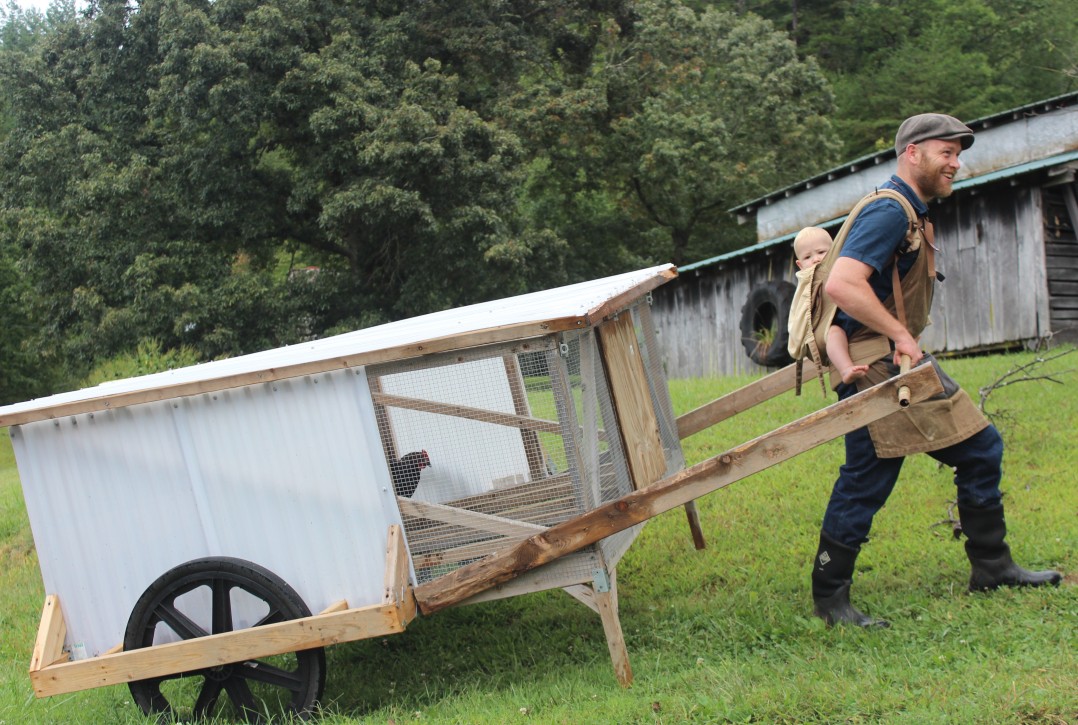
How easy should it be to clean the chicken tractor?
Just like a regular coop, the coop in a chicken tractor will need to be cleaned. The access area needs to be large enough for you to work in. Some coop designs have a “lift” side that is helpful for cleaning and egg removal.
How do I make a chicken tractor secure?
The tractor should keep your flock safe. The building itself should be made from durable materials that can deal with the sun, wind, and rain. If it’s made from wood, it should be painted for protection.
If you lock your coop, it should be designed to keep out a 3-year-old child (which would also keep out a raccoon).
Any windows should be covered with wire mesh or hardware cloth, not chicken wire. Chicken wire is designed to keep chickens in, but it will not keep predators out. The run should also be covered with hardware mesh.
Raising Chickens as a Hobby Farmer
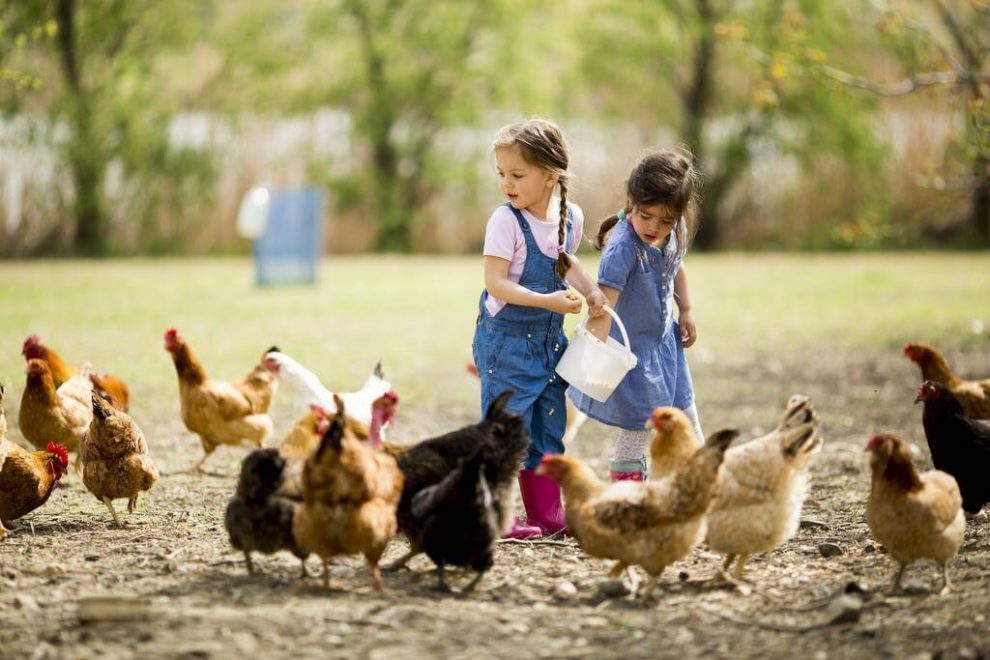
Are you thinking about becoming a hobby chicken farmer? There are a few options for raising chickens. Whether raising birds for just your family or selling meat or eggs for a profit, the first thing you need to know is what type of chickens to raise.
Chickens are raised as egg layers, meat birds, or both, and they come in several varieties of heritage and commercial chicken breeds.
When choosing to raise chickens for both meat and eggs, dual-purpose breeds like Plymouth Barred Rock, Sussex or Buff Orpingtons are a good choice if you’re just looking for a small flock to feed your family.
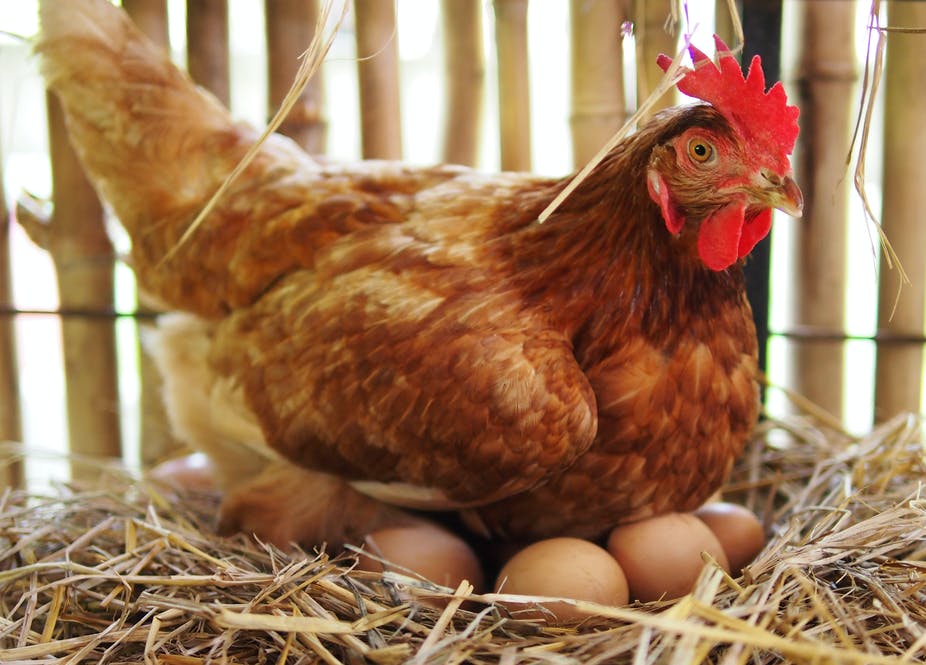
How can I raise hens for eggs?
Before buying new chicks in the spring, here are six tips on how to start raising egg-laying chickens.
Choose the right breed
Poultry breeds come in a variety of shapes, sizes and colours. If you are just starting out, choose from these common breeds: White Leghorn hybrids (white eggs), Plymouth Barred Rocks (brown eggs), Rhode Island Reds (brown eggs), Blue Andalusians (white eggs) or Ameraucanas/Easter Eggers (blue eggs).
Choose the right number of birds
The number and gender of birds in your flock may be determined by local regulations. A good idea is to start small with a flock of 4 to 6 chicks.
Think about how much time you’ll be able to spend with your flock, how to house them and collect the eggs, and what you’ll do with the birds when they retire from laying eggs.
Find a reputable chick supplier
Purchase your chicks from a credible pullorum-typhoid clean hatchery. To prevent potential disease problems, check that the hatchery has vaccinated chicks for Marek’s Disease and coccidiosis.
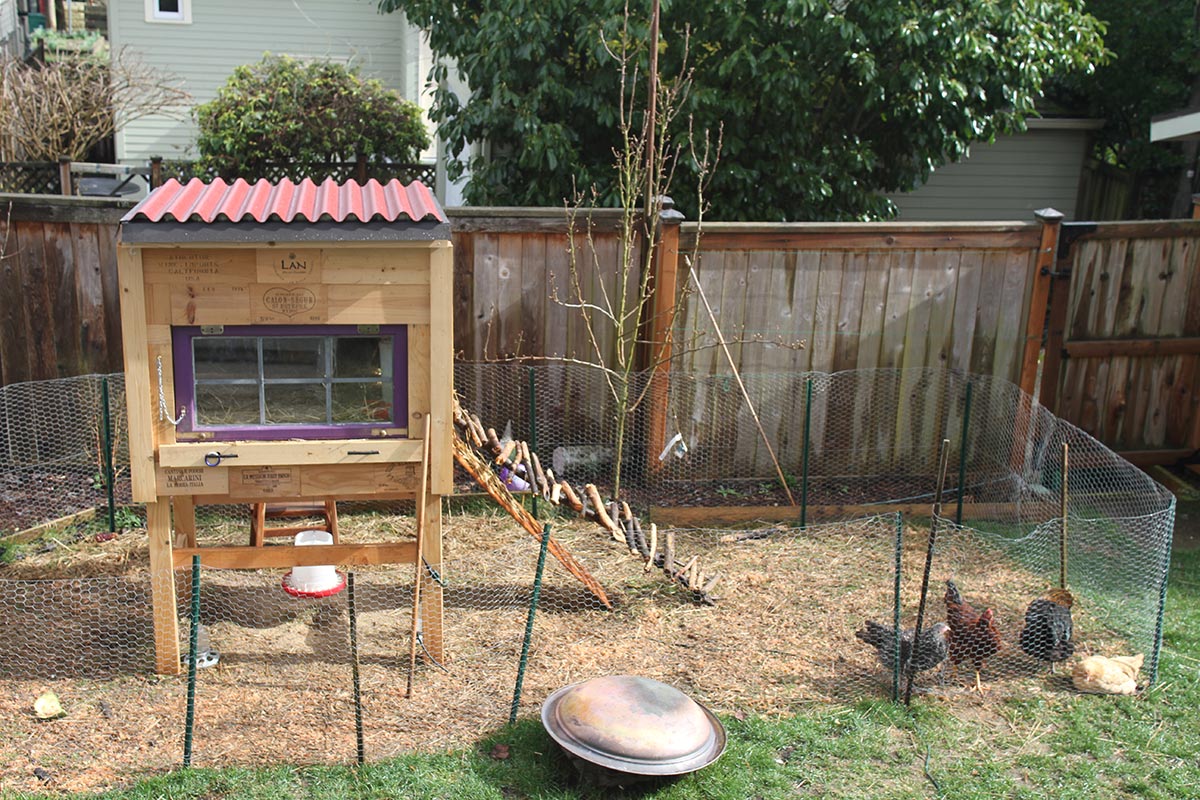
Prepare your brooder
You’ll want to keep baby chicks in a warm, draft-free shelter called a brooder. It should be completely enclosed and have bedding and a heating lamp. Try to avoid square corners in the brooding area to prevent chicks from being trapped in the corner.
Each chick needs at least 2 to 3 square feet of floor space for the first six weeks. Set the brooder temperature to 32 degrees Celcius for the first week and then gradually reduce heat by a few degrees each week until a minimum of 12 C.
Be sure to have a spacious, clean coop ready for the chicks once you don’t need the heating lamp anymore.
Provide plenty of fresh, clean water every day.
Maintain good sanitation
Young chicks are susceptible to health risks, so make sure to disinfect their environment before they are put in it, and then do it weekly.
Household disinfectants can work well if their directions say they are safe to use and don’t leave a residual film. Alternatively, you can create a mixture of 10 percent bleach and 90 percent water and rinse thoroughly after cleaning.
Create a long-term nutrition plan
Chicks require 38 unique nutrients from the start. You will need one complete starter-grower feed for day 1 until the first egg is laid, and one complete layer feed when hens start laying around week 18.
For your chicks who will later lay eggs, choose a feed that has 18% protein. For meat birds and mixed flocks, choose a complete feed with 20% protein.
Transition your layer chicks onto a higher-calcium complete feed when they begin laying eggs at age 18 to 20 weeks.
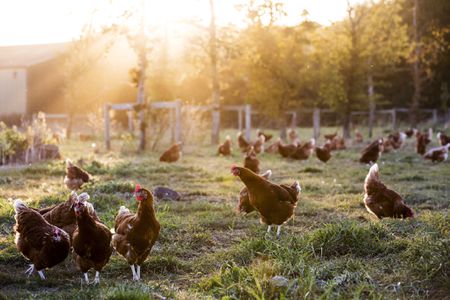
How can I raise meat birds?
Provide your family with a year’s worth of chicken is very possible with a little planning. Here are some cost-savings tips for raising meat chickens.
Make a rooster and hen plan
It’s good to have a rooster plan because you’ll end up with more roosters than you need per hen. Young roosters make good chicken soup, and when the hens are done laying, they also make good stew chickens. You can slaughter your roosters and stew chickens at the same time.
Schedule your production wisely
Order your chicks at least a month ahead of time. Once you’ve ordered your chicks, book them to be processed at 7 ½ to 8 weeks.
You will lose the most birds in the first and final weeks. It’s better to lose birds in the first week because you haven’t spent very much money feeding them yet.
If you would like to sell meat chickens and make a profit, you’ll need to raise the commercial Cobb 500 breed.
Raise your meat birds during the best weather
It’s best to raise your chickens when you can easily maintain a constant temperature for them, using a heat lamp if necessary. Risky times include fall or early spring (damp and cold) and summer (too hot).
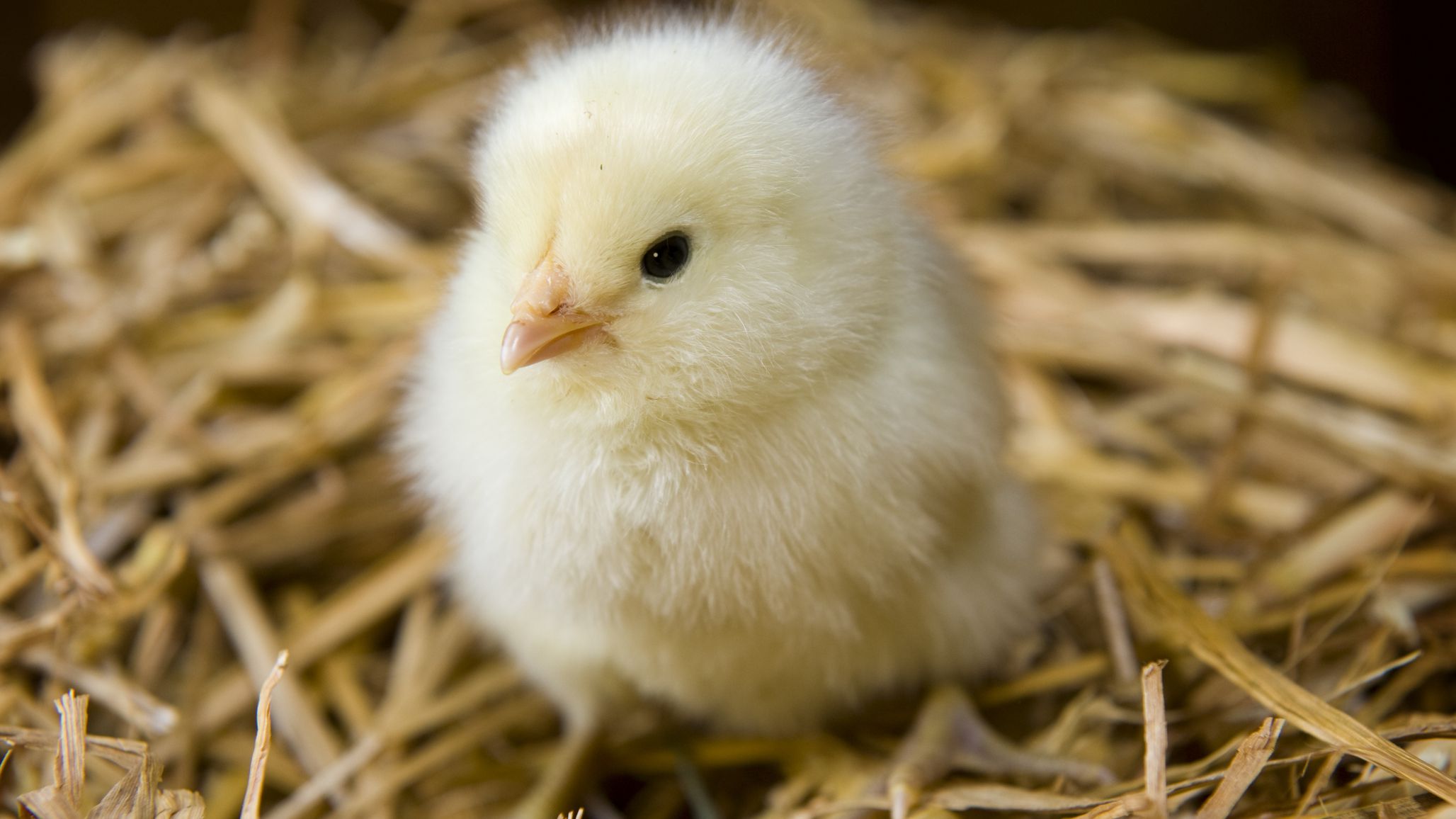

 Facebook
Facebook
 X
X
 Pinterest
Pinterest
 Copy Link
Copy Link
